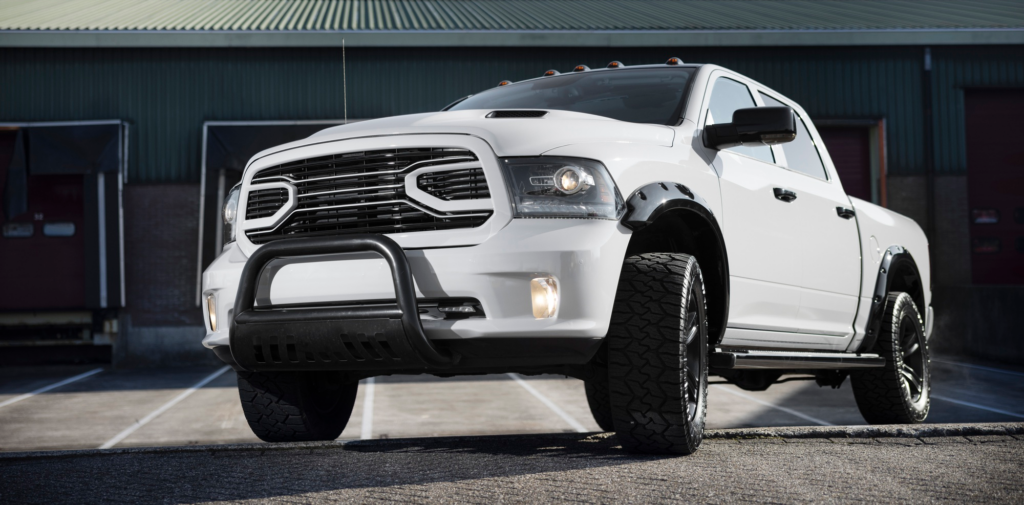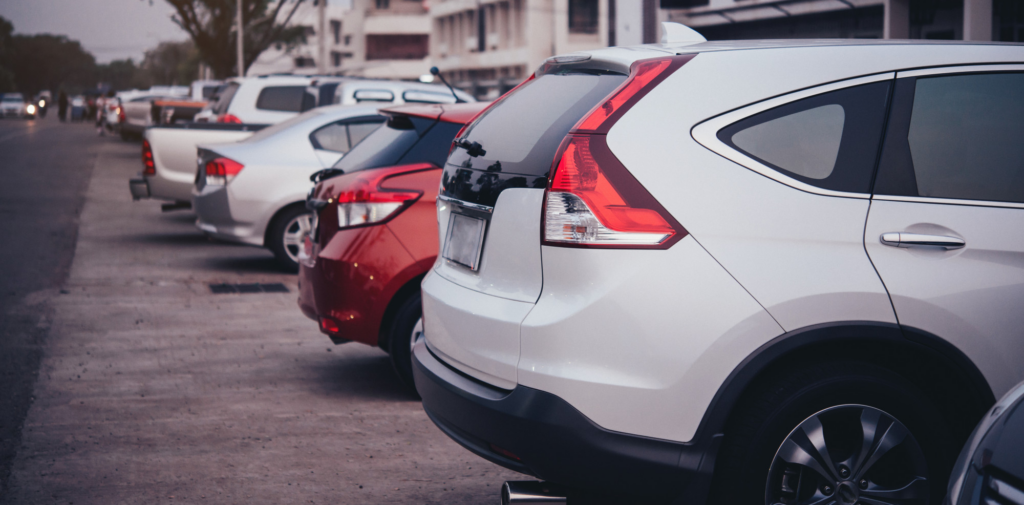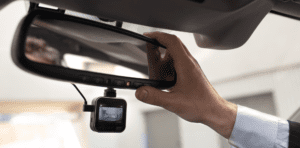Compare cheap car insurance
✔ Compare cheap car insurance quotes
✔ Over 110 insurance providers
✔ Get a quote in minutes
✔ Save up to £504*
When you have a leased car, it’s important to remember that even though you don’t own the vehicle, you are still responsible for ensuring it is adequately insured throughout the duration of your lease agreement.
Typically, lease agreements do not come with insurance included, which means the responsibility to secure appropriate cover falls on you.
Do I Need Lease Car Insurance?
Legal Requirements for Lease Car Insurance
Lease car insurance is mandatory by law before you can drive your leased car away from the dealership or leasing office. This is a crucial step to ensure that your vehicle is legally covered and protected.
Transferring Existing Insurance to a New Lease
If you have previously leased a car, it’s advisable to check if you can transfer your existing insurance to the new lease. This could be a convenient option, but be aware that it might involve an administration fee.


Considering Other Insurance Options
Despite the possibility of transferring your insurance, it’s often a good idea to compare car insurance prices and shop around. Exploring different insurance options might help you find a more cost-effective or comprehensive cover for your leased car.
How much can you save on your car insurance?
What Kind of Leasing Car Insurance Do I Need?
Comprehensive Car Insurance for Leased Vehicles
For a leased car, comprehensive car insurance is typically required. This type of insurance provides a broad level of protection. It covers damage to other vehicles as well as any damage to your own leased car.
Additionally, it often includes cover for replacement costs if your car is written off or stolen. This ensures that you are fully protected in a wide range of scenarios.


Insurance for Personal Contract Hire (PCH) Agreements
In the case of Personal Contract Hire (PCH) agreements, it’s important to note that the main policyholder on the insurance must be either the person entering the agreement or a named driver.
This requirement ensures that the individual responsible for the lease is adequately covered under the insurance policy.
Insurance for Business Contract Hire (BCH) Agreements
When it comes to Business Contract Hire (BCH) agreements, the rules are slightly different. Here, the insurance certificate should be in the name of the company or the company director.
This is to ensure that the business entity taking out the lease is the one protected by the insurance.
How much can you save on your car insurance?
Does Car Leasing Include Insurance?
Standard Car Lease Agreements and Insurance
In most instances, car lease agreements do not include car insurance as a standard feature. This means that you will typically need to arrange car insurance yourself. It’s essential to have this sorted before you start using the leased car.
Evaluating Included Insurance
On the rare occasion that car insurance is included in the lease agreement, it’s still advisable to conduct your own research. This ensures that the cover provided meets your specific needs and that you’re getting it at a competitive price.


Dealership Insurance Offers
Often, car dealers might propose insurance as an additional option. While this can be convenient, it’s beneficial to compare car insurance quotes from different providers.
By doing so, you can potentially find a more attractive deal than what the leasing company offers directly.
Breakdown Cover in Lease Agreements
It’s also worth noting that some lease agreements might include breakdown cover. This can be a valuable addition, providing peace of mind in case of mechanical issues with the leased vehicle.
How much can you save on your car insurance?
What is Lease Car GAP Insurance?
Understanding GAP Insurance for Leased Cars
GAP insurance is a specific type of cover designed for leased cars. It plays a crucial role in situations where your car is written off.
While your comprehensive car insurance typically covers the current market value of the vehicle, it may not cover the total amount you owe under your lease agreement. This is where GAP insurance becomes important.


The Role of GAP Insurance in Leased Vehicles
GAP insurance essentially bridges the gap between the car’s market value, as paid out by your comprehensive insurance, and the remaining payments on your lease contract.
If your leased car is written off or stolen, this insurance ensures that you are not financially disadvantaged by having to cover the remaining lease payments or the cost of a replacement vehicle.
Availability of GAP Insurance Quotes
It’s important to note that some platforms, such as Comparoo, do not currently provide quotes for GAP insurance.
Therefore, when looking for this type of insurance, you might need to explore specialised providers or consult directly with insurance companies that offer lease car GAP insurance.
How much can you save on your car insurance?
How Can I Reduce the Cost When Insuring a Lease Car?
Choose the Right Car Insurance Group
When selecting a lease car, it’s crucial to consider the car insurance group it falls into. These groups range from group 1 to group 50.
Generally, the higher the group, the more costly the insurance. To determine which group your lease car belongs to, utilise tools like a car insurance group checker.
Opting for a car in a lower insurance group can significantly reduce your insurance costs.


Adding an Additional Driver
Consider adding an additional driver to your policy, particularly if they are more experienced. Sharing the driving with someone who has a good driving record can lead to lower premiums.
This is because insurers often view the risk as being spread between multiple drivers.
Consider Telematics Insurance
If you’re a safe driver, opting for telematics insurance can be advantageous. This type of insurance monitors your driving behaviour and can reward you with lower annual premiums if you demonstrate safe driving habits.
Shop Around for Insurance
One of the most effective ways to cut costs is to shop around for car insurance. By comparing car insurance quotes, you can discover more affordable deals that are available. This involves looking at various options and finding the one that offers the best value for your specific needs.
Comparing Quotes with Comparoo
Why not use a service like Comparoo to compare insurance quotes? This platform allows you to easily find quotes from a range of UK car insurance providers.
Utilising a simple comparison service like this can assist you in finding a great deal on your lease car insurance.
How much can you save on your car insurance?
What Do I Need to Get a Car Insurance Quote for My Leased Car?
Basic Information Required for a Quote
Obtaining an insurance quote for your leased car is a straightforward process. You’ll need to provide some key information about both yourself and the vehicle. This includes:
- Personal details: Information about yourself, such as your name, age, and address.
- Car registration: The registration number of the leased car.
- No-claims discount: Details of any no-claims discount you may have accumulated.


Information on Additional Drivers
In addition to your personal details, it’s important to inform the insurance provider about any additional drivers who will be using the car. This helps in accurately assessing the risk and determining the insurance premium.
How much can you save on your car insurance?
Frequently asked questions
When it comes to organising insurance for your leased car, the process is similar to getting insurance for any other vehicle. However, it’s important to inform your insurance provider that it’s for a lease vehicle and provide them with the terms of the lease.
You’ll also need to provide the name of the registered owner, which is typically the finance company, as well as the names of any additional drivers who will be driving the car.
The name on the insurance policy for a leased car depends on the type of lease agreement.
For personal contract hire (PCH) or personal contract purchase (PCP) agreements, the main policyholder will be the person who leased the car.
If the car is being leased through a business, the insurance policy must be in the company’s name or a director’s name.
To take delivery of a leased vehicle, you must have car insurance in place on the day of delivery and provide proof of insurance.
The car must remain insured throughout the lease term until it’s returned to the finance company at the end of the lease.
If you’re looking to lease a car, it’s important to note that you won’t be able to part-exchange your old car for a leased car.
If you’ve leased a car, you are allowed to let your partner or children drive it, provided that they meet certain requirements. Specifically, they must hold a full and valid UK driving licence and be named as a driver on your insurance policy.
It’s important to note that you, as the leaseholder, should always be named as the main policyholder on the insurance policy.
It shouldn’t be more expensive to insure a leased car compared to a car that you’ve purchased outright.
However, since leased cars require comprehensive insurance cover, you won’t be able to reduce costs by opting for third-party insurance, which may be a cheaper option for some car owners.
If you’re involved in an accident while driving your leased car, you should report it to the police and notify your insurance provider and leasing company as soon as possible.
Depending on the extent of the damage, your leasing company may require you to pay off the remaining balance or charge you a damage fee.
Your insurance policy may cover the costs associated with the accident, which could help to cover the lease or provide a replacement vehicle if you have “new for old” car cover.
However, it’s important to review the terms and conditions of your insurance policy and leasing contract so that you have a clear understanding of what will happen in a worst-case scenario.
It’s worth noting that leased cars are typically subject to strict maintenance requirements, and failure to maintain the vehicle in accordance with the leasing agreement could result in additional fees or penalties in the event of an accident or other covered incident.
By following the terms of your lease agreement and maintaining your leased car in accordance with the manufacturer’s recommendations, you can help reduce the risk of accidents and associated costs.
Whether to lease or buy a car ultimately depends on your personal preferences and financial situation. Here’s a summary of the pros and cons of leasing to help you decide which option might suit you best:
Pros of leasing a car:
- You can potentially afford a more prestigious car than you could otherwise purchase outright.
- When the lease ends, you can simply return the car or choose to lease a new one.
- The leasing company is responsible for paying road tax.
- Some leasing contracts include maintenance and servicing costs.
- Lease payments are tax-deductible, and VAT-registered businesses may be able to claim up to 50% back.
- You don’t need to worry about selling a depreciated car once the contract is over.
Cons of leasing a car:
- You won’t own the car outright and must return it at the end of the lease.
- There is usually a mileage limit that you must adhere to, and exceeding it could result in additional fees.
- You may be responsible for significant damage beyond normal wear and tear.
- Modifications are not permitted during the lease period.
- Early termination of the contract may result in significant fees.
On the other hand, buying a car provides more freedom, including:
- You own the car outright.
- There are no damage fees or early termination fees to pay.
- You can make modifications (although this could impact your insurance).
- It could offer better long-term value if you plan to keep it for many years.
- You can sell the car whenever you want.
- You can part-exchange the car if you want to upgrade.
Ultimately, the decision to lease or buy a car depends on your personal circumstances and preferences.










